New U.S. entry fees are reshaping trip budgets from London to Lagos. On Sept. 30, the ESTA charge for visa-waiver visitors rose to $40, the land-border I-94 total moved to $30, and EVUS enrollment for Chinese travelers is now $30. A separate $250 visa integrity fee for nonimmigrant visas is authorized but still awaiting implementation details. All of it lands as families, students, and businesses map 2026 travel amid pricier flights, tight calendars, and once-in-a-decade events on the horizon. Implementation timing remains the wild card.
United Kingdom

For British travelers, the new math starts before booking. Visa-waiver trips now require a $40 ESTA authorization, a modest cost that still compounds for families and frequent flyers. Those moving into study or work later should watch the pending $250 surcharge, which would stack on top of ordinary visa fees once agencies switch it on. Until then, planning comes down to renewing on time, tracking airfare dips, and building a cleaner buffer into budgets.
Japan
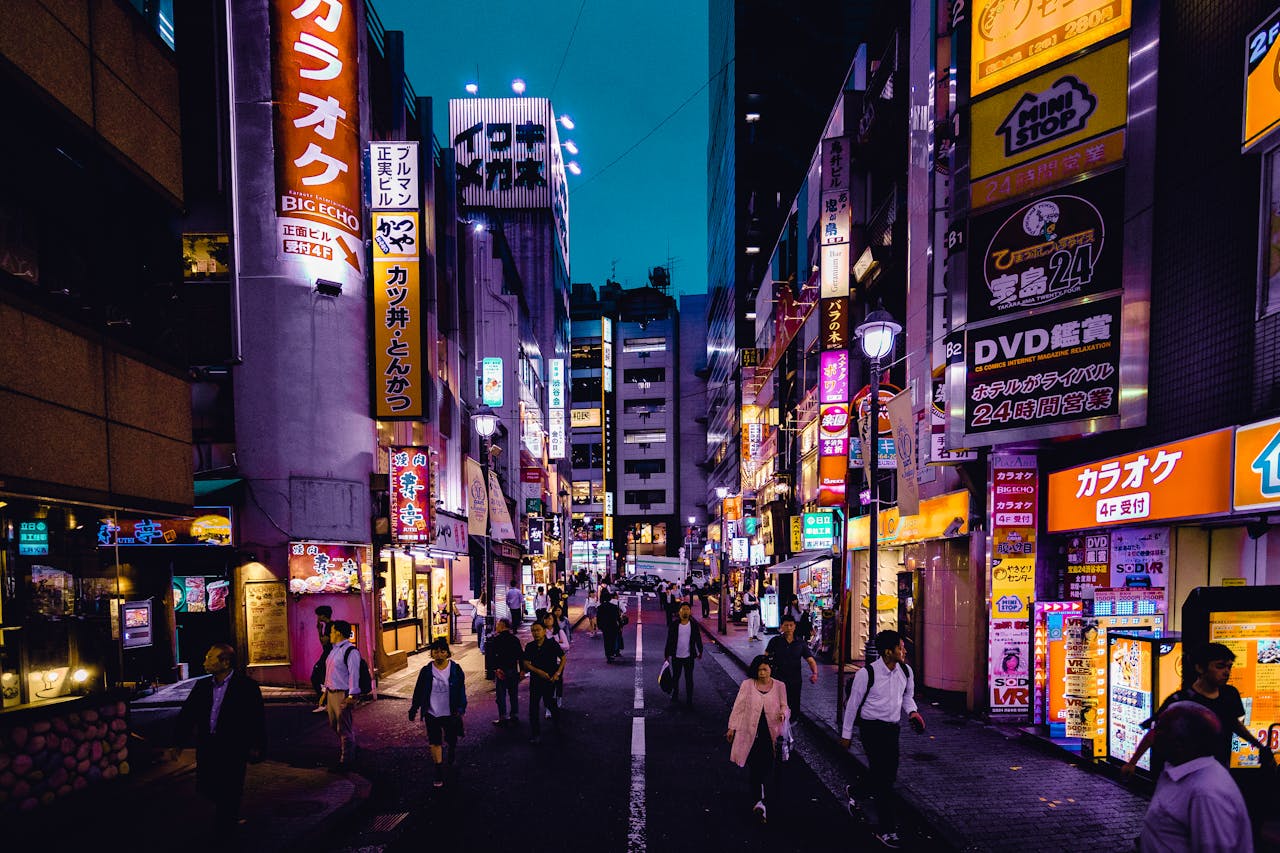
Japanese visitors have long relied on quick visa-waiver approvals, and now the ESTA fee sits at $40 for short visits. The amount is small next to airfare from Tokyo or Osaka, but it recurs with each authorization cycle. Students shifting to exchange or research programs may eventually see the $250 surcharge, adding weight to already careful timelines. In the near term, the change mostly nudges repeat vacations, conference travel, and family reunions toward tighter, earlier budgeting and longer stays.
Germany
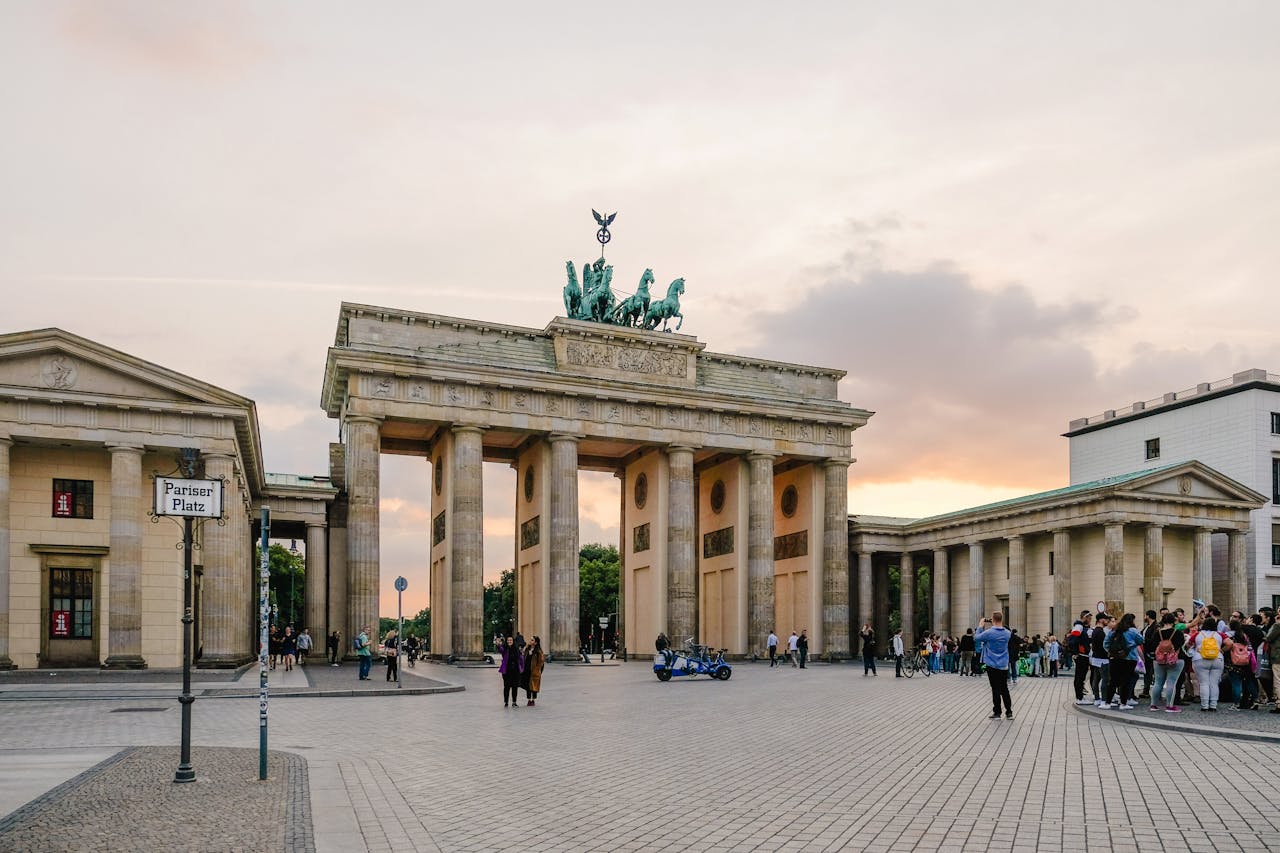
Germany’s ties to U.S. business, science, and the arts keep travel steady, and each short stay now includes the $40 ESTA. Solo travelers hardly notice once, but households feel it in multiples across summer and winter trips. If plans evolve into degree programs, internships, or transfers, the pending $250 surcharge could join the list of costs. Sensible tactics help: file early, keep documents clean, and watch for off-peak fares that reclaim what the new fees quietly subtract.
Australia
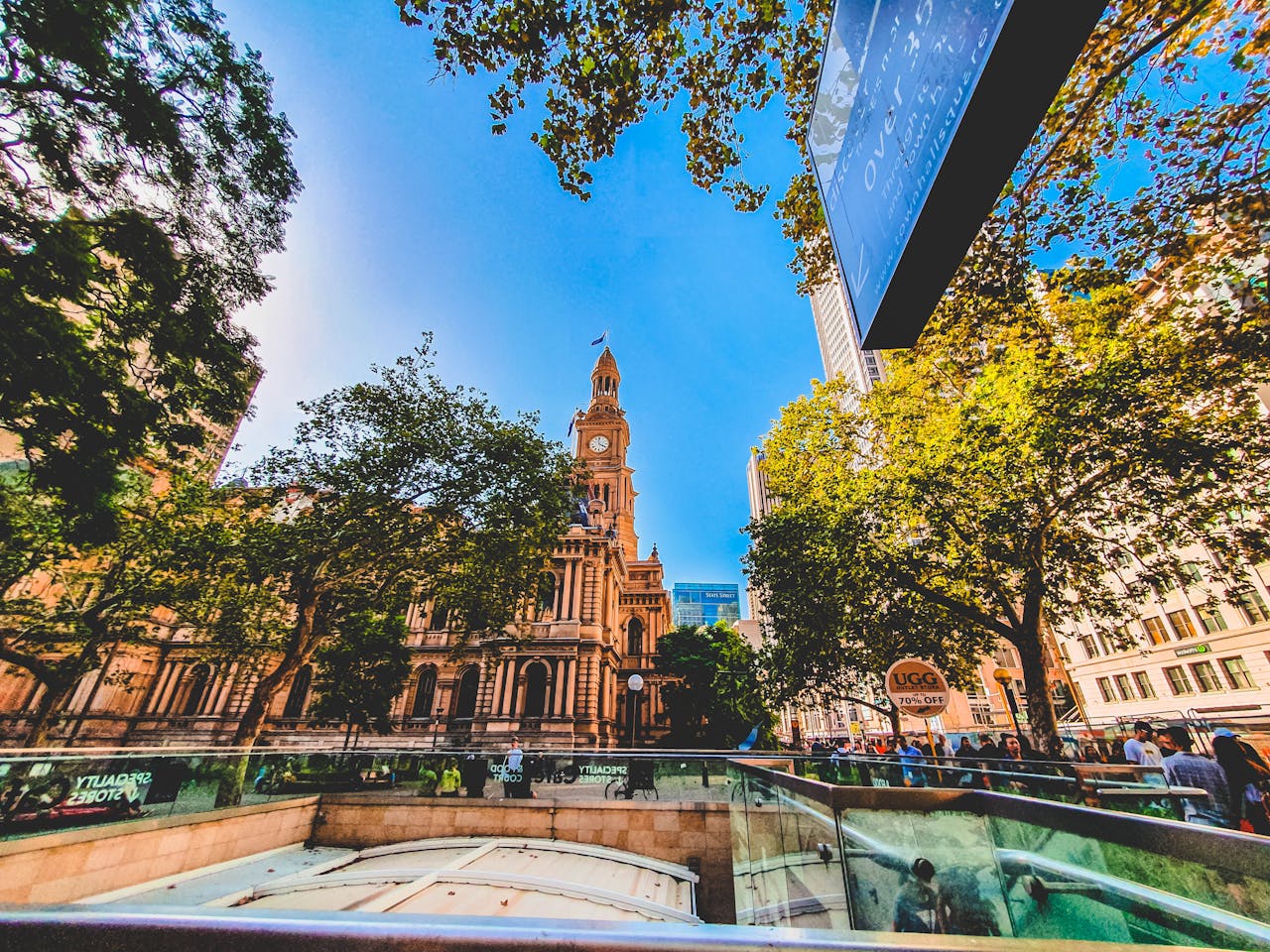
Australians already plan around distance and jet lag; the $40 ESTA simply becomes another fixed line in the spreadsheet. Backpacker loops, sports pilgrimages, and coastal road trips pick up a bit of extra friction, especially when friends apply together. Those pivoting to seasonal work or graduate study should monitor when the $250 surcharge starts, since it would stack with standard MRV and reciprocity fees. For now, the practical effect is modest, but repeat travelers will feel it over time.
Spain

Spain sends students, researchers, and holidaymakers in steady waves, and the $40 ESTA lands right where budgets are tightest. Shoulder-season bargains still tempt, yet each renewal adds up for couples and families who cross the Atlantic often. If a short visit turns into a campus year or a contract, the pending $250 surcharge would join existing fees. Until implementation details arrive, the immediate reality is smarter planning, longer stays per trip, and more attention to timing around exams and breaks.
China
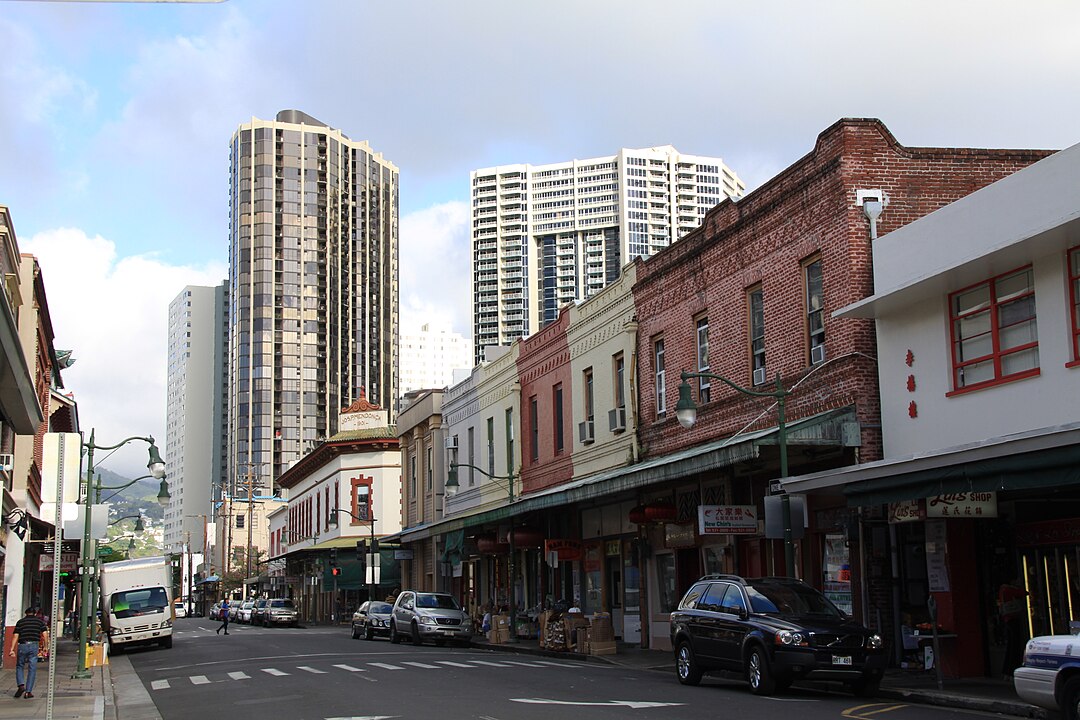
Chinese nationals face the clearest immediate change through EVUS, which now carries a $30 enrollment fee tied to 10-year B1/B2 visas. That cost pairs with appointment logistics and airfare, shaping how often to visit and how long to stay. Those who later pursue study or work should account for the separate $250 surcharge once active, in addition to ordinary payments. Because refunds depend on strict compliance and time, most budgets will treat the new charges as sunk costs.
India

Indian travelers are outside the visa-waiver program, so the headline change is the forthcoming $250 surcharge on nonimmigrant visas once agencies finalize collection and refunds. It would sit on top of MRV and any reciprocity fees, felt most by students, tech workers, and families planning extended stays. In the meantime, the playbook is familiar: book interview slots early, prepare immaculate paperwork, and build in extra lead time so flights and housing align once approvals land.
Mexico
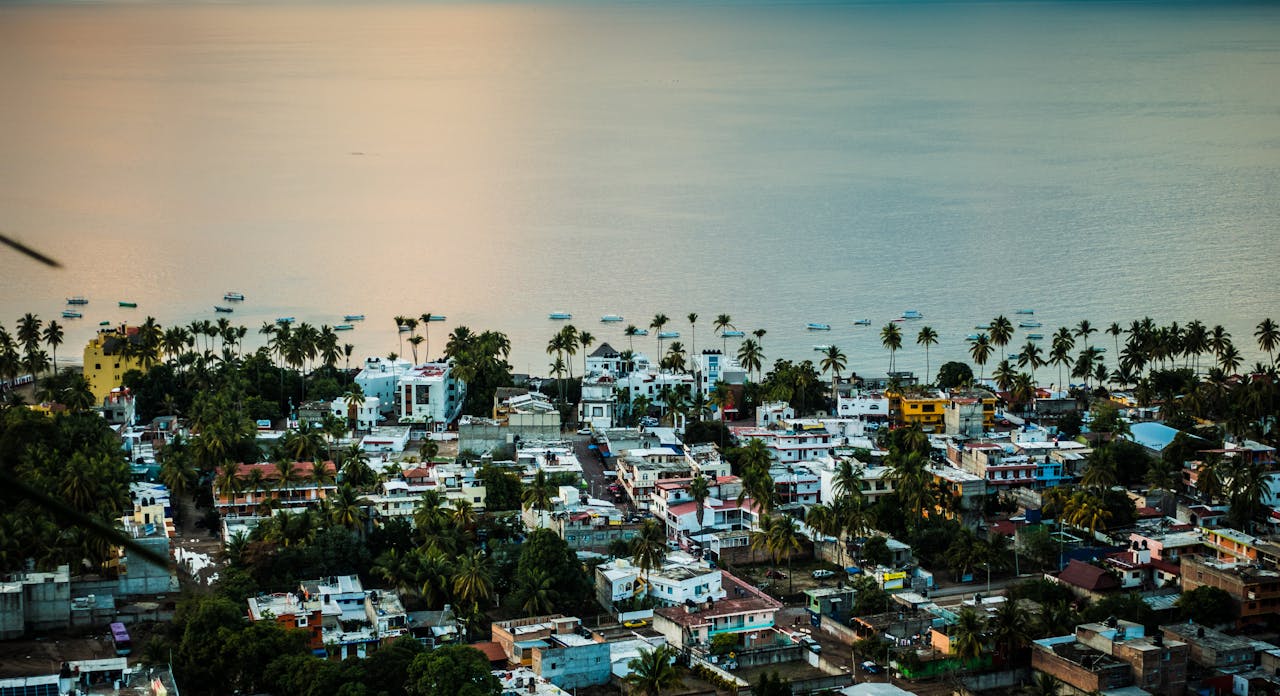
For many Mexican visitors who cross by land, the I-94 increase to a $30 total is immediate and visible. Family visits, shopping runs, and small-business trips now carry a steeper baseline, which grows across multiple entries in a year. Travelers moving into study or employment categories may later face the separate $250 surcharge, compounding overall costs. The near-term shift is simple but real: reconsider trip frequency, consolidate errands, and stretch stays to make every crossing count.
Brazil
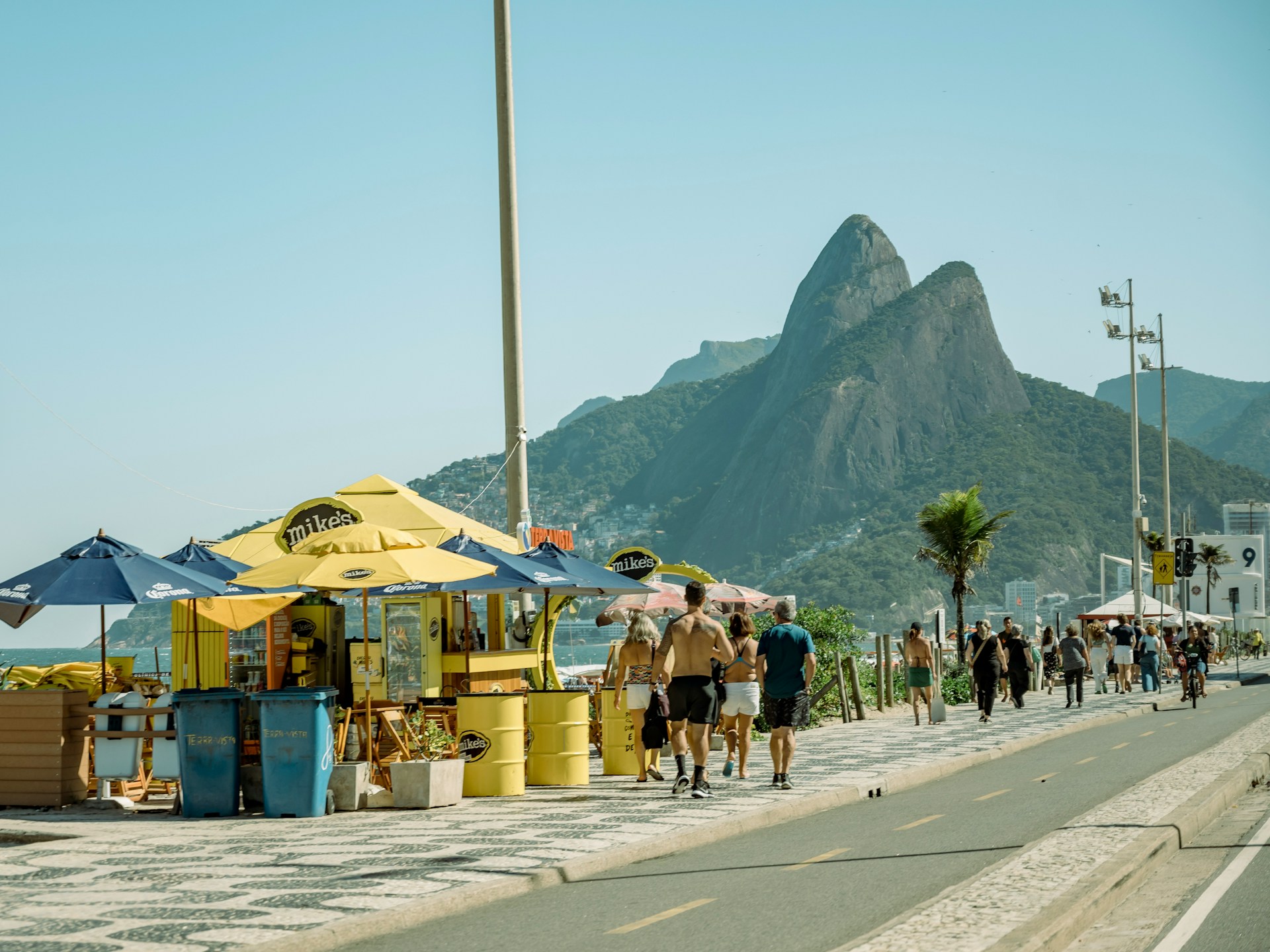
Brazil’s community of artists, entrepreneurs, and students maintains lively U.S. links. Because Brazil is not in the visa-waiver program, the expected $250 surcharge would directly affect nonimmigrant visa applicants once in force, arriving alongside current application and reciprocity fees. That reality encourages earlier planning, longer itineraries, and stronger funding for scholarships or exchange programs. Leisure travelers may bunch visits together, trading quick repeats for deeper stays that make the paperwork and cost worthwhile.
South Africa
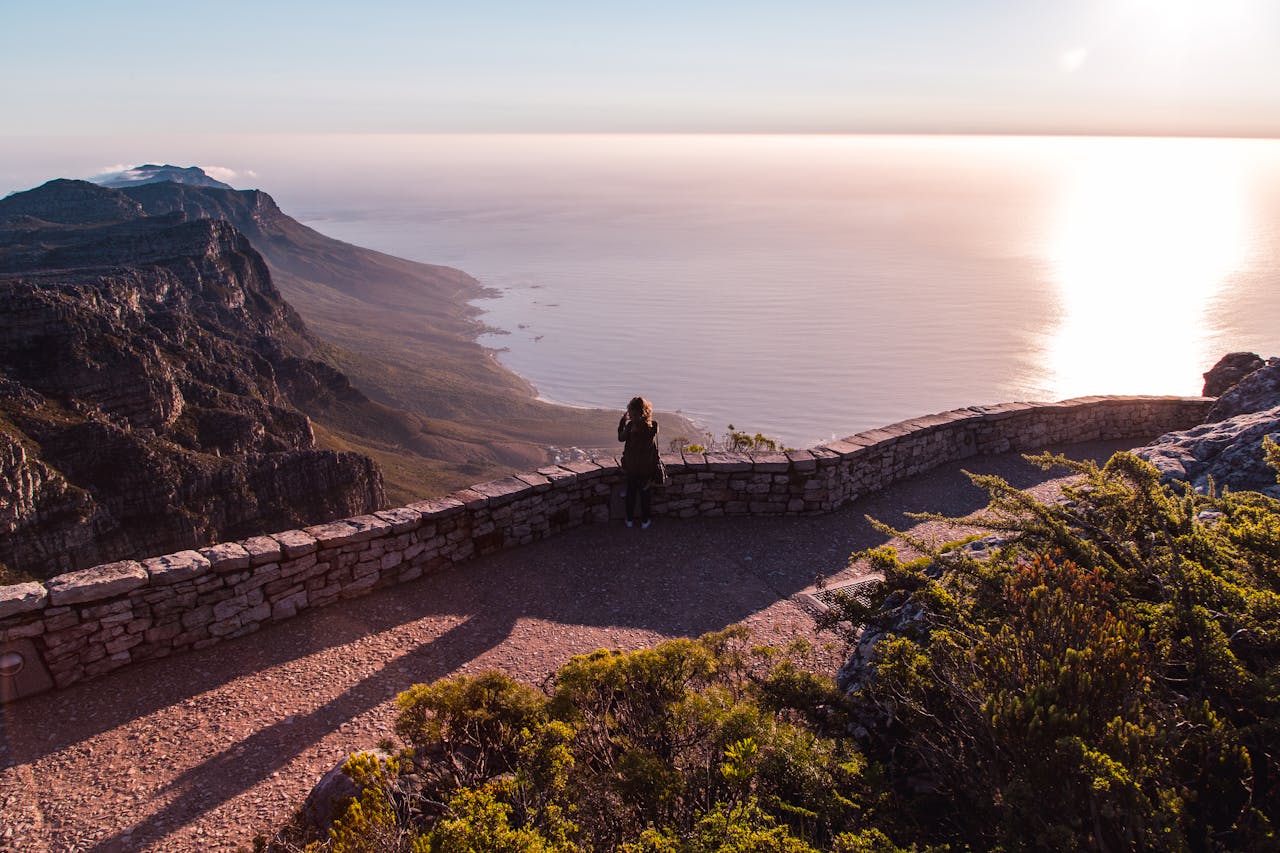
South African travelers already manage long-haul costs and careful paperwork. The anticipated $250 surcharge would add to that stack once implemented, raising the premium on certainty and lead time for students, seasonal workers, and visiting professionals. Until collection mechanics are set, the practical move is to prepare files thoroughly, track agency updates, and consider applying before the surcharge begins. When budgets are tight, small efficiencies like off-peak flights, shared housing, and smarter routing help recover what new fees erode.


